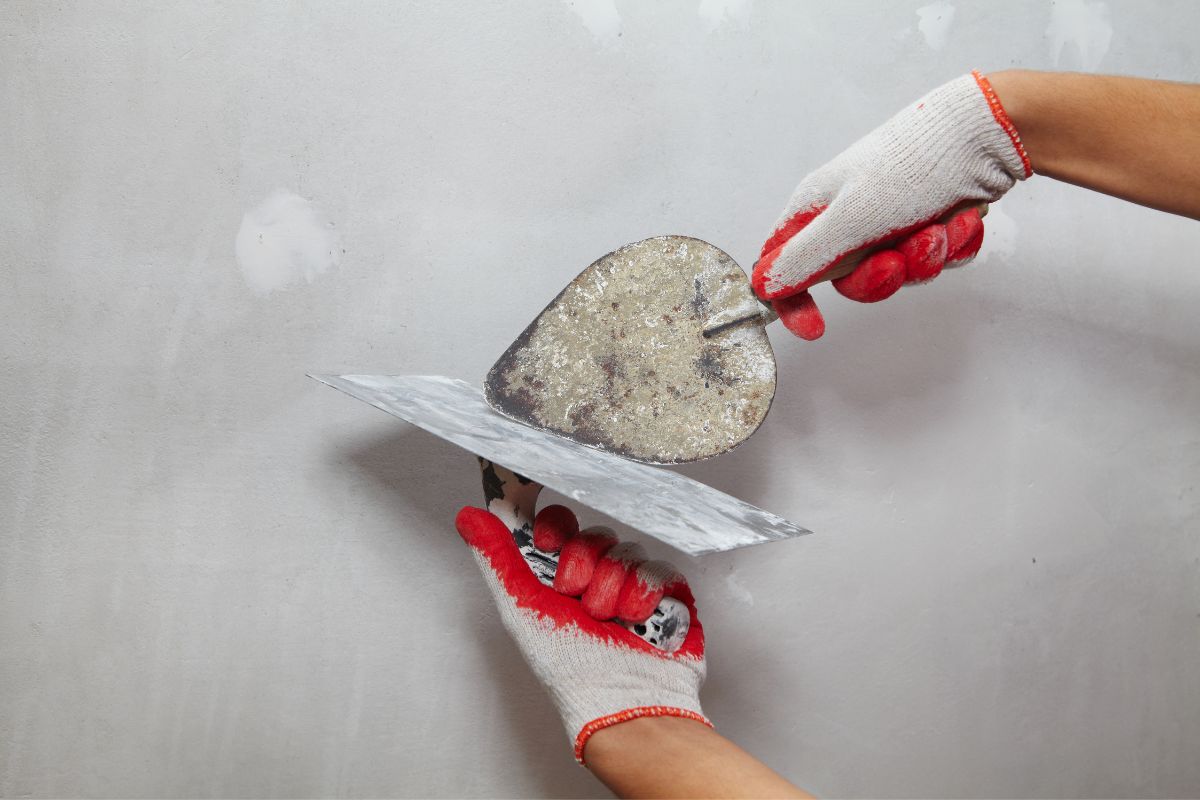Technical Terms Associated with Wall Rendering
Wall rendering is a process that involves applying a layer of material to the surface of a wall in order to create a protective seal, decorative finish, or both. It is commonly used for interior and exterior walls and can either be done with cement-based materials (e.g., gypsum plaster or render) or synthetic materials (e.g., acrylics). This article will provide an overview of some common technical terms associated with the process of wall rendering.

Primer
Primer is often used prior to application of wall finishes, such as paint and/or render. A primer acts as an adhesive barrier between the substrate (e.g., brickwork, concrete block) and the finishing material(s) and helps to ensure a more even application of the finish in the end. Primer is usually applied in one or two coats, depending on the type of substrate being rendered.
Basecoat
The basecoat is a layer of material that is applied directly onto the wall before rendering can begin. It acts as an adhesive surface for the render mix, which prevents it from slipping down or off during application. The basecoat may consists of either traditional cement mortar, acrylic-based products, or a combination thereof.
Render Mix
The render mix is what gives wall rendering its strength and durability. It typically consists of sand, cement, lime (or other binder), plus additives such as plasticizers or waterproofing agents. Different types of render mixes can be used depending on the desired finished look and the type of substrate being rendered (e.g., brick, concrete block).
Float
A float is a tool used to smooth out the surface of a wall before rendering begins. Floats come in various sizes and shapes, such as trowels and sponges, are typically used for both interior and exterior walls. As part of the preparation process, it is important to ensure that all surfaces are even before beginning with the application of render mix.
Scratch Coat
The scratch coat is a layer of material that is applied after the basecoat but prior to actual rendering. It is typically applied with a notched trowel and helps to create an even texture on the wall that will aid in the application of the final render mix. Scratch coats are usually made from cement-based materials or acrylics.
Skimming
Skimming, also known as float coat, is a process used to create a smooth finish after rendering has been completed. It involves applying a thin layer of material over the render mix with a trowel or sponge and then smoothing it out for a flat, even surface. This step can be done either before or after painting/staining has occurred but should only be done by experienced professionals.
Rendering Tools
Rendering requires the use of certain tools to ensure a successful application. These include trowels, floats, sponges, and brushes. Trowels are used to apply the render mix to the wall whereas floats are used for smoothing out surfaces before rendering begins. Sponges can be used to remove excess material from walls after rendering has been completed and brushes can be used for applying a finishing coat or sealant over rendered surfaces.
Wall rendering is an important process that requires attention to detail in order to achieve desired results. By understanding some of the technical terms associated with this process, DIYers and professionals alike will be better prepared when it comes time to begin their projects. Now that you know more about what goes into wall rendering, you’ll be better equipped to tackle your next project.
This post was created to provide a basic understanding of the technical terms associated with wall rendering. It is important to note that proper safety precautions should always be taken when working on any type of construction project and that it is recommended to hire a professional if you are unsure about how to proceed. Additionally, local codes or regulations may need to be followed when doing certain types of work, so it is important to check these before starting any work.
By having a good understanding of the technical terms associated with wall rendering, DIYers and professionals alike can ensure their projects are successful and safe. With some practice and patience, anyone can achieve the desired results they seek.
Related Articles
